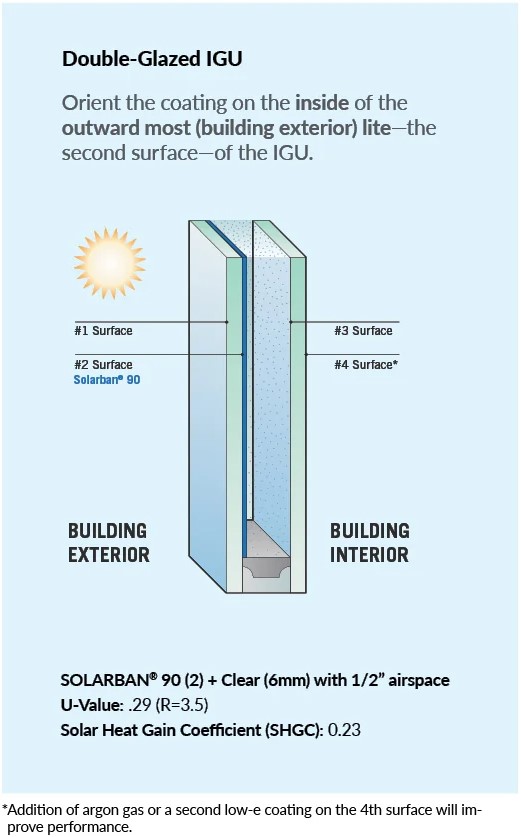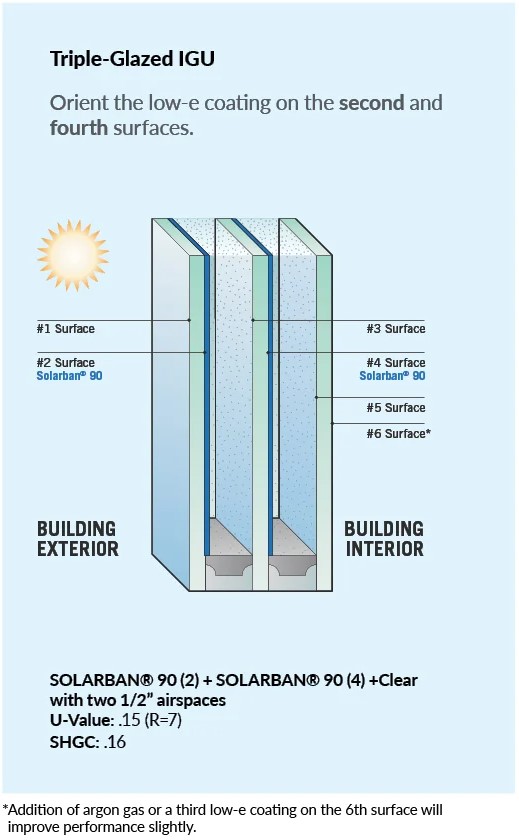
3400 Wentworth Dr SW,
Wyoming MI, 49519
P 616-538-0100
F 616-538-1249
HOURS: Mon–Fri 8am–5pm
Connect with us


We take pride in the quality of our service. How can we help you!

3400 Wentworth Dr SW,
Wyoming MI, 49519
P 616-538-0100
F 616-538-1249
HOURS: Mon–Fri 8am–5pm
©2021 Wolverine Glass Products®. All Rights Reserved.